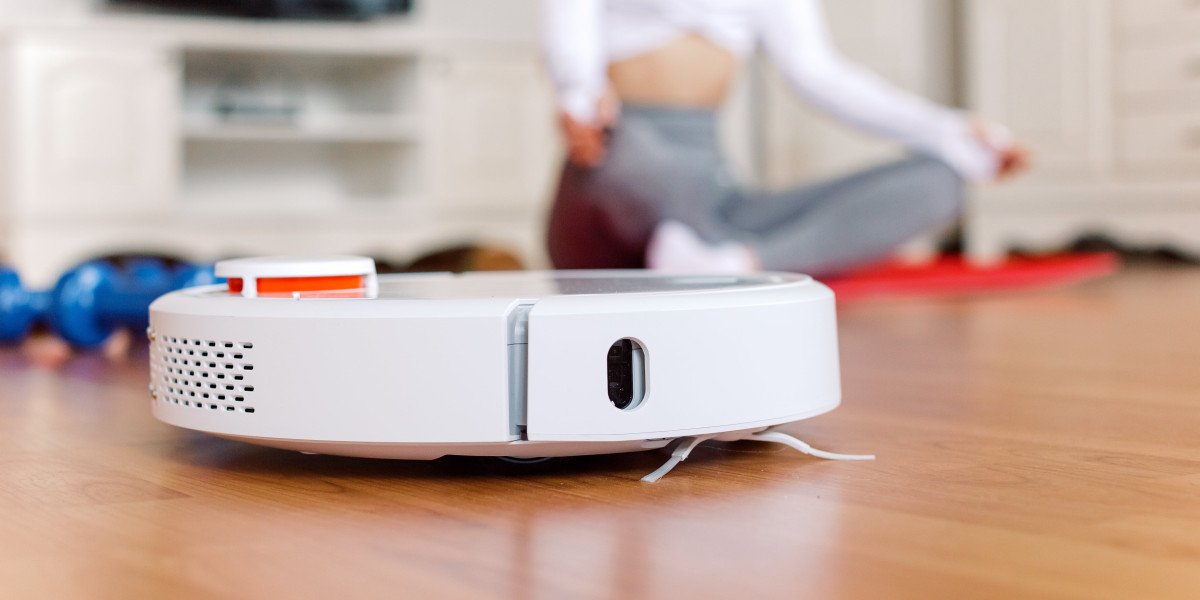Your audience would possibly overlook the words you used, but they’ll remember the way you made them really feel. And much of that feeling comes from the nonverbal cues you project. This unstated impact is what separates a speaker who merely delivers data from one who makes the viewers sit up and listen. In conditions where posturing habits is escalating rigidity, de-escalation methods may be crucial. This may involve deliberately adopting a peaceful, non-threatening posture, talking in a low, soothing voice, and sustaining a respectful distance. These strategies can help diffuse potentially unstable situations and create a more optimistic interaction. Primates, our closest relatives within the animal kingdom, are masters of posturing.
Cultural Influences
On a date, as an example, indicators of attraction might embrace mirroring the other person’s posture, frequent smiling, and leaning in throughout dialog. Among friends, playful touches and open postures typically point out comfort and camaraderie. However, it’s crucial to do not forget that cultural variations can considerably impression these interpretations. What’s considered assertive in one tradition may be seen as aggressive in one other. We use them to emphasize factors, illustrate ideas, and even unconsciously reveal our emotional states. Open palms often sign honesty and openness, whereas clenched fists might point out tension or anger.
Step-by-Step Guide for Mastering Nonverbal Communication
We’ll discover the means to use your body, your eyes, your arms, and even your garments to speak volumes, without ever saying a word. Power dynamics are one other crucial factor in posturing habits. In any social interplay, there’s typically a refined negotiation of status and dominance happening by way of body language. High-status people are probably to take up more room, use extra hand gestures, and preserve extra eye contact. Lower-status people, then again, often undertake extra submissive postures, making themselves smaller and avoiding direct eye contact. Professional environments are a very attention-grabbing arena for observing posturing behavior. From the ability poses of executives to the deferential postures of subordinates, workplaces are crammed with silent energy performs and standing indicators.
All primates demonstrate behaviors together with the freeze response and numerous self-soothing behaviors, corresponding to touching the neck or twirling the hair in people. We know that many non-verbal behaviors are innate because even blind youngsters engage in them. But laughter communicates more than simply mirth; it can be triggered by social discomfort or embarrassment, or it may be an expression of adverse intent, such as derision. Because psychosomatic signs come up in the unconscious, their manifestation is dependent upon what else lives there.
The Eyes
This guide is your key to reading individuals AND having confident physique language. With physique language, it can be a bit more durable to extrapolate a definite feeling or mood from someone. Everyone possesses completely different mannerisms and due to this fact distinct communication kinds. A good rule is to keep away from being overly emotional or too underwhelmed in public or professional settings. Save your most expressive facial reactions for private moments or when you’re around people you belief. Let's face it, nothing conveys (or betrays) your feelings quicker than a roll of the eyes, a handbag of the lips, or a increase of an eyebrow. When it involves spacing, the space you give others could be very situational, and many times depends on the relationship you've with each other or the interaction that is required.
Types of body language
Evita señales negativas
Indudablemente sepas personas que, pese a no ser especialmente desagradables o antipáticas, generan desconfianza. No sabrías decir qué es concretamente, pero desprenden un aura que provoca que no te apetezca confesarles tus emociones reales. El lenguaje corporal ha sido objeto de mucho estudio y asimismo origen Quais são os tipos de avaliação corporal? bastantes mitos como el que dice que el 93% de la comunicación es no verbal. Las novedades devastadoras o un evento abrumador tienen la posibilidad Quais SãO Os Tipos De AvaliaçãO Corporal? hacernos asumir por un instante la situación fetal como para proteger nuestro lado ventral (vientre).
Es por eso que los gatos se cubren entre sí, y la razón por la cual los chimpancés se miran el uno al otro antes del coito. Creador y emprendedor especializado en marketing digital y también sabiduría emocional. Desde 2016 me dedico a la generación de negocio en línea con proyectos de formación, afiliación y ecommerce. Creador del bestseller sobre capacidades sociales y sentimentales Dirige Tu Vida (Editorial Mundo). Ayudo a otros inconformistas a superar sus temores con la ciencia de las relaciones sociales.
¿Cuál es la importancia del lenguaje corporal?
Además, detallar instantes concretos para hablar sobre preocupaciones puede prevenir que pequeñas irritaciones se conviertan en enormes enfrentamientos. La consistencia en estos hábitos fortalece la seguridad y el comprensión mutuo. A través de la observación consciente y la práctica, tenemos la posibilidad de mejorar nuestra capacidad para comunicarnos alén de las palabras. Además, resulta que parpadear también se ralentiza cuando estás pensando bastante y puede acelerarse cuando estás señalando que estás oyendo una pregunta o preparándote para dar una respuesta. En otras palabras, es una señal de una respuesta a estímulos externos, no un indicio claro de tu intención de decir la verdad o engañar. Es como que estuviéramos obligados a hablar teniendo un preservativo en la lengua", asegura el académico.







